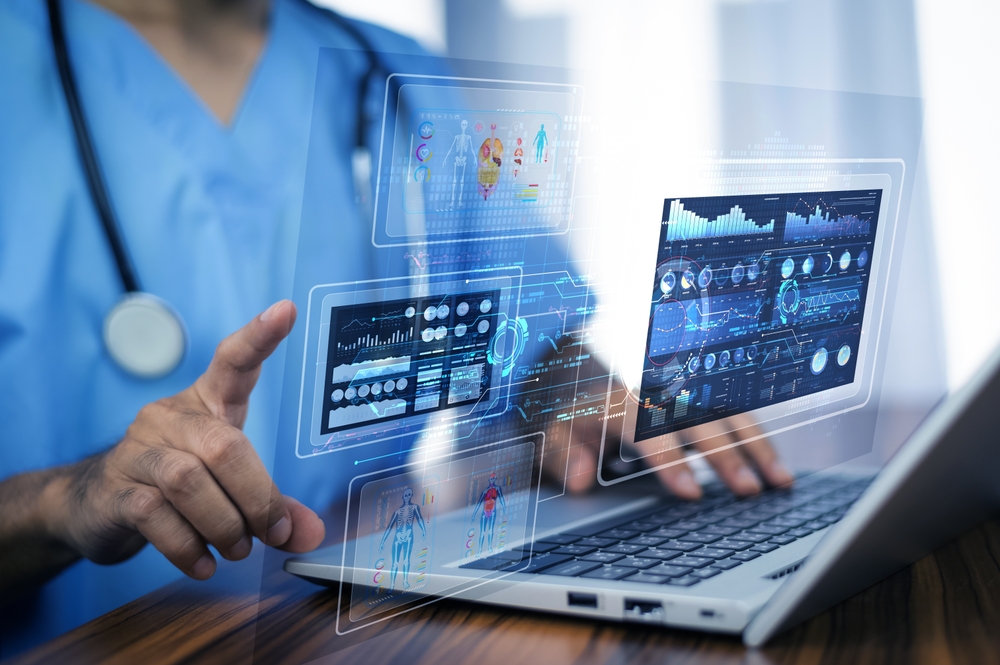Medical devices form a critical element of the healthcare industry’s armamentarium. Their omnipresence, from diagnosis to treatment, from patient wards to home care, attests to their indispensable role in facilitating the provision of comprehensive healthcare services. These devices are not merely tools but catalysts that enable health professionals to deliver high-quality care and improve patient outcomes.
Understanding these devices’ nuances goes beyond knowing their functionalities. It involves appreciating their role in enhancing health and wellness, acknowledging their contribution to the accuracy and speed of diagnosis, and understanding their potential to facilitate efficient therapeutic interventions. As we delve into the complexity of healthcare services, the importance of these devices becomes increasingly apparent. Thus, acquiring a thorough understanding of medical devices is paramount for anyone engaged in health and wellness, reflecting their immense significance in the continuum of care.
Understanding Medical Devices
These devices, a spectrum as vast as it is diverse, extend from the most straightforward of implements to the most intricate and sophisticated machinery. They can be as commonplace as the thermometer measuring body temperature or as complex as a computer-assisted tomography (CAT) scanner imaging our body’s interior. Whether they are instruments like surgical tools, implantable devices like heart valves, or health technology software like electronic health records, all fulfill unique roles in healthcare delivery, underlining their breadth and significance.
Distinguishing medical devices from pharmaceutical products is essential to comprehend their unique role in health and wellness. Unlike drugs that act upon the body through pharmacological, immunological, or metabolic interactions to treat ailments or alleviate symptoms, medical devices perform their functions mechanically or digitally. Their purpose is not to elicit a direct biological response but to support healthcare providers in diagnosing, monitoring, or treating diseases. This differentiation allows for a clearer understanding of medical devices, accentuating their multifaceted utility in enhancing patient care and improving health outcomes.
Subclasses of Medical Devices
Medical devices encompass an array of items, from everyday first-aid kits to complex MRI machines. For a clear comprehension, we can categorize these into the following subclasses:
- Diagnostic Devices: These include tools such as stethoscopes, MRI machines, CT scanners, and blood glucose monitors that help medical professionals diagnose diseases.
- Therapeutic Devices: From infusion pumps administering drugs to physical therapy machines aiding recovery, these devices offer treatment options to patients.
- Life Support Devices: These are used to maintain life, like ventilators, heart-lung machines, and pacemakers.
- Monitoring Devices: This category includes blood pressure monitors, ECG machines, and pulse oximeters that continuously monitor patient health parameters.
- Assistive Devices: These devices, such as hearing aids, orthotics, and prosthetics, assist patients in leading a more fulfilling life.
The Importance of Medical Devices
Medical devices are integral to every facet of patient care – from diagnosis and treatment to recovery and long-term care. The importance of these devices lies in their ability to improve patient outcomes and facilitate efficient healthcare delivery. They offer numerous benefits such as:
- Enabling early and accurate diagnosis
- Enhancing patient safety
- Promoting patient comfort and well-being
- Improving healthcare efficiency and cost-effectiveness
- Fostering patient independence in case of chronic diseases
Regulatory Environment for Medical Devices
Given their critical role in patient care, medical devices are subject to stringent regulatory control. It’s paramount that they’re safe, effective, and of the highest quality. Consequently, regulatory bodies worldwide, such as the U.S. Food and Drug Administration (FDA) or the European Medicines Agency (EMA), have established rigorous standards and processes for approving and post-market surveillance of medical devices. The regulatory requirements broadly encompass the following:
- Pre-market approval, based on thorough evaluation of safety and effectiveness data.
- Compliance with Good Manufacturing Practice (GMP) requirements.
- Adverse event reporting and post-market surveillance.
The Role and Future Directions of Medical Devices in Healthcare
The medical device landscape continually evolves, fueled by technological advancements and increased demand for personalized healthcare. Innovations are pushing the boundaries of what’s possible, enhancing the sophistication and capabilities of these devices. The future of medical devices is promising, from wearables and telemedicine devices that offer remote patient monitoring to robotic surgical systems that allow unprecedented precision.
Medical devices represent an essential cornerstone of modern healthcare. From simple diagnostic tools to sophisticated therapeutic devices, they play an indispensable role in enhancing healthcare quality, ensuring patient safety, and improving patient outcomes. The future promises a constant evolution of these devices, marked by increased sophistication and individualized patient care. As we navigate this transformative landscape, understanding medical devices becomes increasingly crucial for all stakeholders in healthcare.
Sources:
- U.S. Food and Drug Administration. “Medical Devices.” https://www.fda.gov/medical-devices
- European Medicines Agency. “Medical Devices.” https://www.ema.europa.eu/en/human-regulatory/overview/medical-devices
- World Health Organization. “Medical Devices.” https://www.who.int/medical_devices/en/






















